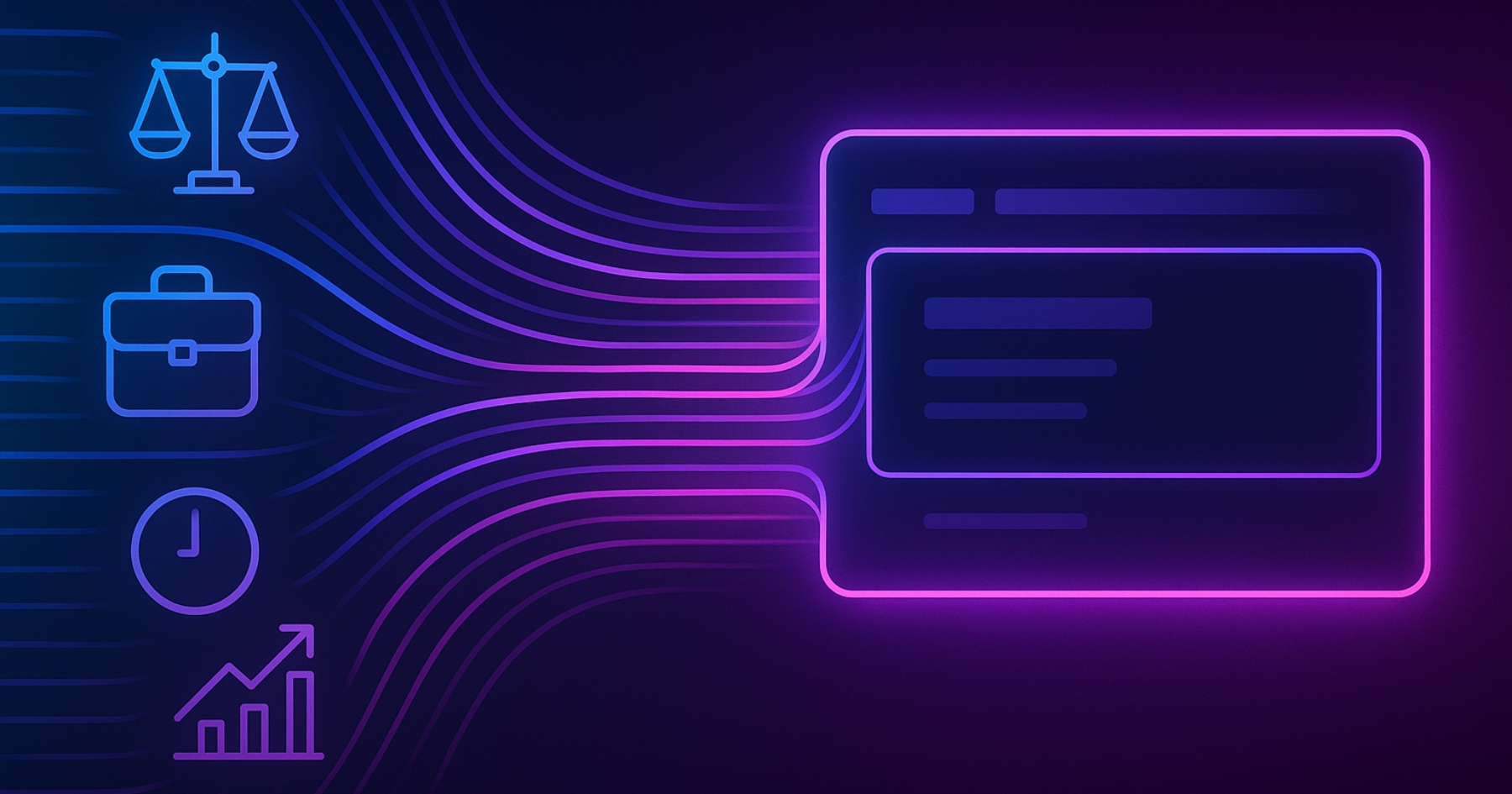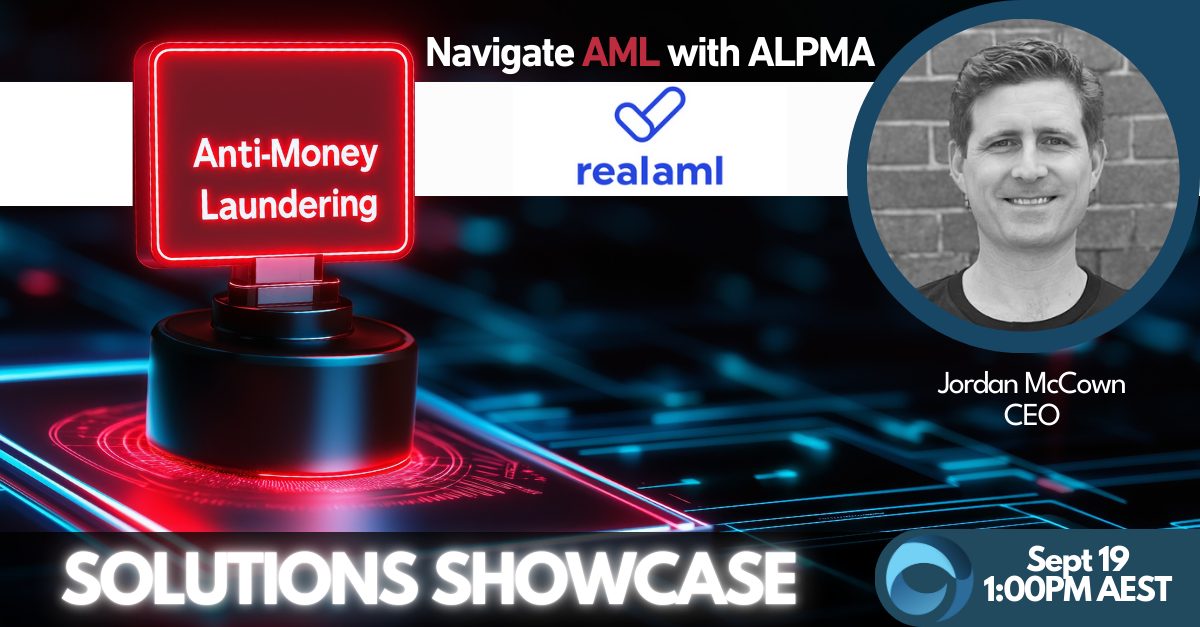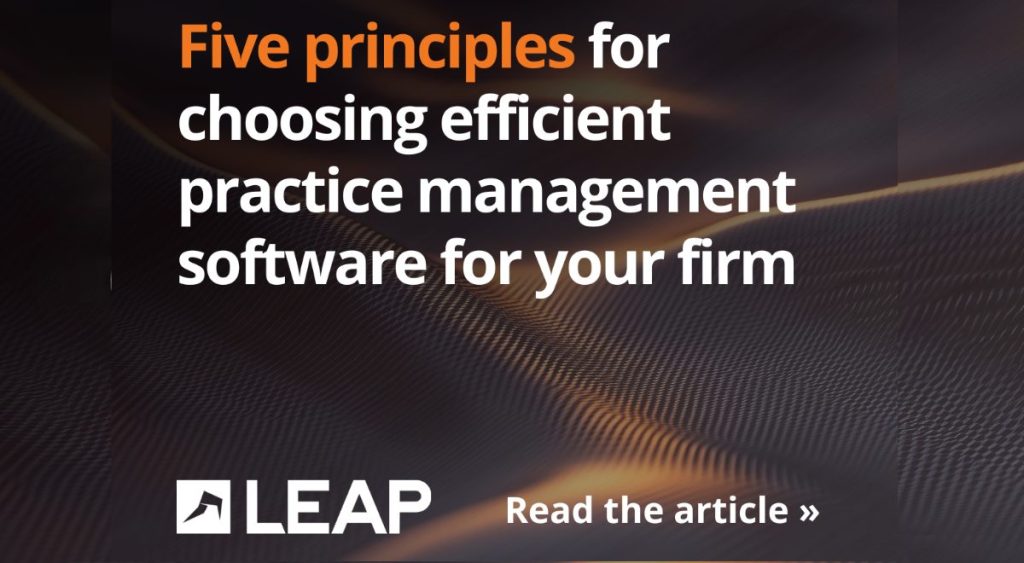The legal tech market has never been more crowded.
Every year, firms are pitched new tools promising faster workflows, sharper insights, and smarter automation. And yet, many still feel like they’re treading water – more software, more complexity, same bottlenecks.
It’s not a technology gap. It’s an architecture problem.
The Patchwork Problem
Ask any law firm leader where their matter data lives and you’ll often get a sigh before an answer. Client intake happens in a CRM. Documents live in a DMS. Billing is handled elsewhere. Time capture might still be manual. AI? It’s a tab open in another tool entirely.
These tools may each be “best of breed.” But together, they create a patchwork that demands integrations, double handling, and ongoing reconciliation. The result? Frustrated staff, higher admin overheads, and scattered data that never tells a full story.
More software isn’t solving the problem. In many cases, it’s deepening it.
What’s Missing: A Native Foundation
Transformation in legal technology doesn’t start with tools. It starts with architecture.
The most overlooked (and misunderstood) differentiator in legal tech today is where your systems are built – not just what they do.
There’s a huge difference between “integrates with Microsoft” and “built on Microsoft.”
When your software is merely connected to Microsoft 365, you’re still syncing, replicating, and reconciling data across systems. But when your software is native to Microsoft’s enterprise architecture, your data, identity, and workflows live in one secure environment – from email to invoicing to AI.
This architectural choice impacts everything:
- Security – Your data never leaves your Microsoft tenant
- Compliance – Identity and access are governed by Microsoft protocols
- Productivity – Staff work where they already live (Outlook, Teams, Word)
- AI-readiness – Unlock the full potential of Microsoft Copilot and Azure AI from day one
Multiply Outcomes, Don’t Just Add Tools
What law firms need isn’t another standalone app.
They need systems that multiply outcomes – not just add complexity.
That’s where a legal ecosystem comes in: purpose-built applications designed to work together, built on a shared foundation, with unified data and security. When your matter management system knows what’s happening in finance – and your AI knows where every billable moment lives—your technology becomes an asset, not a friction point.
It’s not about replacing everything overnight. It’s about rethinking what you’re building on – and making sure it can support everything to come.
Legal’s Next Frontier Is Already Here
This year’s ALPMA Summit theme – Trailblazing Tomorrow: People, Technology and Law on the New Frontier – challenges us to think beyond short-term features and toward long-term strategy.
If we want to build resilient, scalable, human-centred law firms, we must stop asking, “what tool should I buy next?” and start asking, “what architecture am I building my firm on?”
Because the future isn’t about bolting on more systems.
It’s about building from the right foundation – and letting everything else fall into place.
Visit MatterX at our booth to explore how a native Microsoft ecosystem can shift your firm from disconnected tools to secure, scalable solutions – without the software-sprawl tax.
One platform. Seven applications. Endless possibilities.



